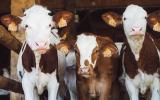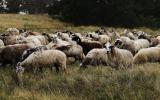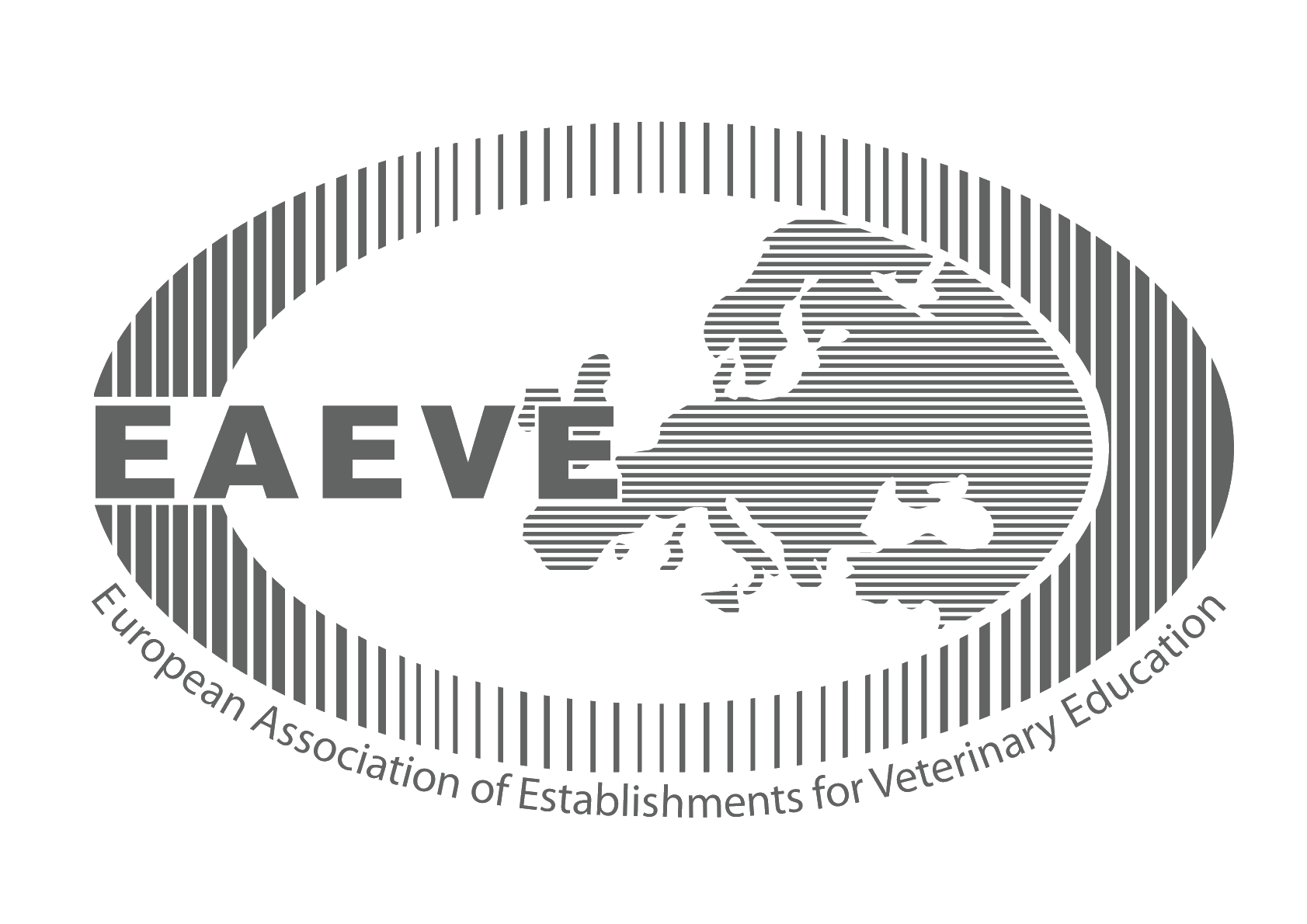Issuing identification documentation, managing the central register of equidae, genealogical records, performing professional work in the field of breeding of equidae.
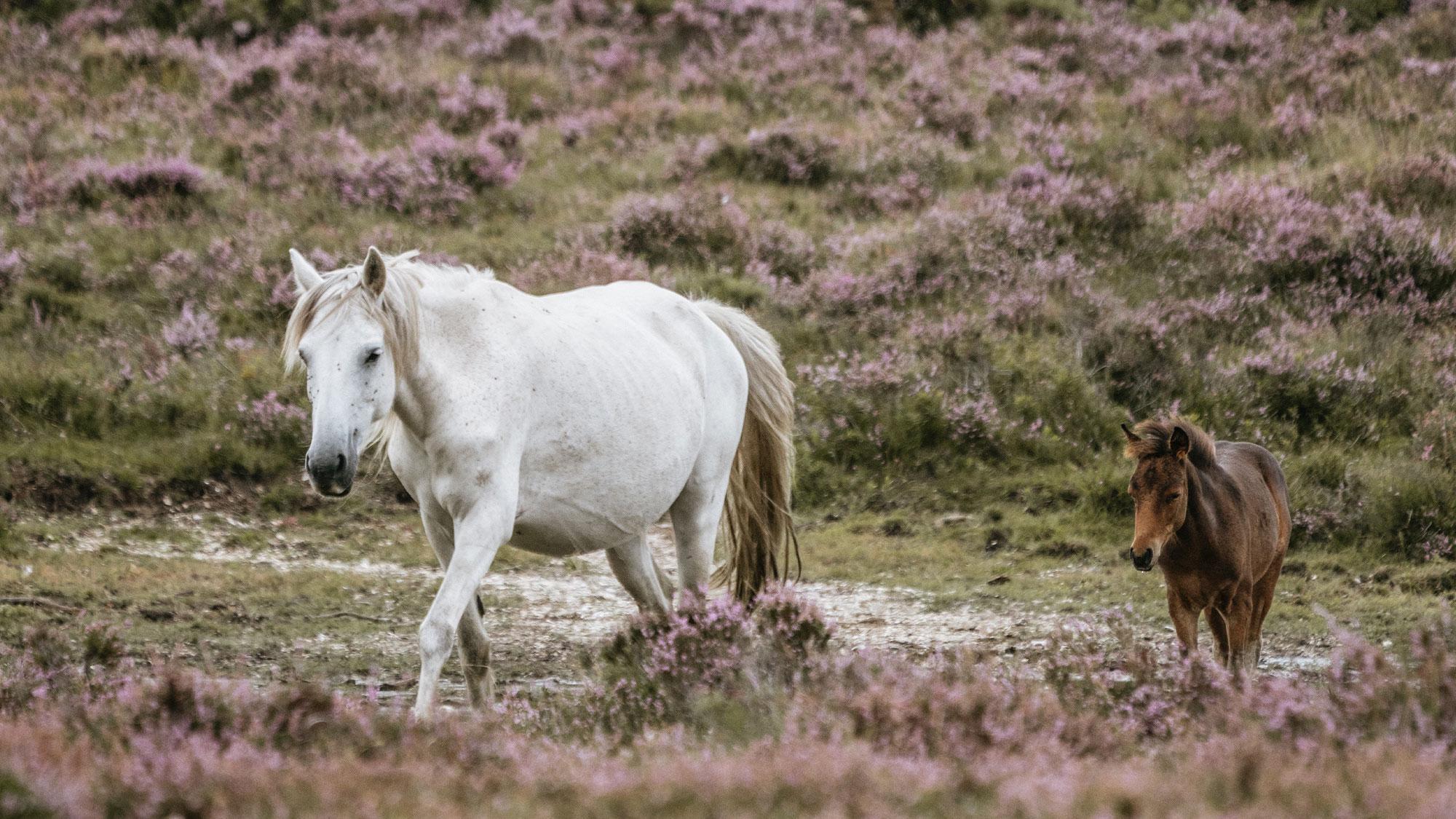
Selective Breeding of Equidae
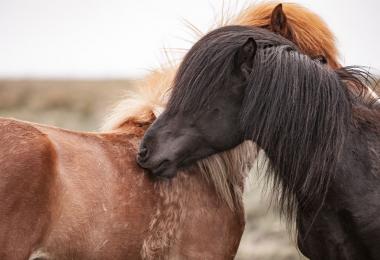
Identification Documents
An identification document is a basic zootechnical document. It is issued in the prescribed format in accordance with the regulations in force.
In Slovenia two issuers are authorised to issue identification documents:
For registered equidae and equidae for breeding and use:
Veterinary Faculty, University of Ljubljana
Clinic for Breeding and Health Care of Horses
Cesta v Mestni log 47,
1000 Ljubljana, SLOVENIJA
Tel.: +386 1 4779 384
Fax: +386 1 4779 388
Email: selekcija.kopitarjev@vf.uni-lj.si
For horses of the Lipizzaner breed:
Lipica Stud Farm
Lipica 5,
6210 Sežana, SLOVENIJA
Tel.: +386 5 739 1706
Email: tajnistvo@lipica.org
Owners or holders of equidae must have an identification document for all equidae (horses, donkeys, mules, hinnies, zebras) that they breed or are responsible for.
Article 12 of the Commission Implementing Regulation 262/2015/EU of 17 February 2015: ‘Equidae born in the Union must be identified by an identification document issued in accordance with Article 9 no later than 12 months after the date of birth, and in each case prior to leaving forever the holding where they were born, unless such moves are made in accordance with Article 23(2)(c) as movements of foals prior to weaning from the mother on which the foal is dependent, or in accordance with Article 26(2).’
Owners of equidae who fail to register animals for identification and do not mark them are subject to sanctions. After the deadline for issuing the identification document has been exceeded, i.e. one year after the birth of a foal, equidae are not entitled to the status of an animal intended for human consumption.
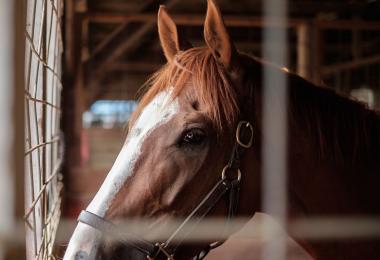
Identification and Registration of Equidae
The Commission Implementing Regulation 262/2015 (EU), which entered into force on 1 January 2016, introduces, in addition to the mandatory insertion of a transponder (chip) from 2009, a mandatory outline of an equine animal containing at least five characters, both for foals as well as for adult equidae that have not yet been identified.
Within 28 days of the birth of an equidae, owners must register foals by submitting a ‘Report on Foaling', which is an integral part of the Confirming of Breeding Certificate (compulsory for breed foals). Owners that do not have this document may register the equidae in writing by filling in an application form for marking of an equidae.
Owners who access the VOLOS portal (an online application for access to the Central Register of Equidae, hereinafter: CRK) and wish to register equidae for breeding and use may themselves enter the application into VOLOS.
- On the owner’s request, the issuer submits the application to a qualified veterinarian (inspector) to have the equidae duly identified in accordance with the applicable law. The issuer, on the basis of the information provided by a trained veterinarian (inspector), issues an identification document for equidae for breeding and use.
- In all cases breeding foals are subject to the time limits and rules established by the breeding programme. Breeders submit a ‘Report on Foaling’, which is an integral part of the ‘Confirmation of Breeding Certificate’, within 28 days of the birth of the foal. The foals must be brought for an official identification and registration examination at which the competent commission performs identification and registration of the foal. However, a subsequent registration may be made for foals which have been registered within the prescribed deadlines but have not been brought in for registration.
Na podlagi Izvedbene Uredbe Komisije (EU) 2015/262 in Pravilnika o identifikaciji in registraciji kopitarjev se lahko izda Potrdilo o označitvi kopitarja brez čipa (PO), ki je namenjen da se označeno žrebe pripelje z rojstva gospodarstva neposredno v klavnico.
Lasnik oz. imetnik izpolni vlogo na portalu VOLOS do vključno 28.dne starosti žrebeta. Poleg PO je žrebe označeno tudi z oštevilčenim bicljevim trakom.
Dodatna fizična označitev žrebeta je potrebna, da se na klavnici lažje ugotavlja povezava med živaljo in spremljajočim PO in da je zagotovljena sledljivost od rojstnega gospodarstva, do zakola na klavnici. Bicljev trak je rumene barve s številko črne barve, ki je enaka številki PO. Preden imetnik v VOLOS vnese vlogo za označitev klavnega žrebeta brez čipa (zahtevo za izdajo PO) mora naročiti oštevilčen bicljev trak. Za informacije pokliče na informacijski telefon 01/ 300 13 66 ali zahtevo pošlje na info.sir@gov.si. V ČASU EPIDEMIJE DELUJE LE ELEKTRONSKA POŠTA!
Trak se sme uporabiti izključno za označitev nečipiranega žrebeta, za katerega je bilo izdano ustrezno PO in primerno navedbo oblike in položaja vsaj treh telesnih znamenj. Bicljev trak se namesti žrebetu na sprednjo nogo najpozneje pred premikom na klavnico. Ko je trak nameščen, ga ni dovoljeno odstraniti ali uporabiti za drugo žival.
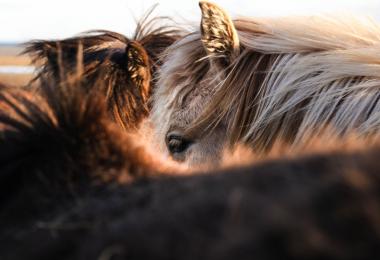
Transfer of Ownership
Never buy equidae without an identification document!
When buying horses:
- Examine the ID carefully: check the description and outline of the equidae and compare it with the exterior of the animal
- Equidae that are chipped may also be without a description and outline in the ID: in such animal, the only option is to read the chip that identifies them. Properly trained veterinarians will have a chip reader (scanner).
- Special attention should be paid by buyers to the section ‘Issuing of Veterinary Medicinal Products’, which determines whether an equidae is, or is not, intended for slaughter for human consumption. If the equidae is not intended for human consumption, the owner will not be able to place it in a slaughterhouse for slaughter for human consumption. This status is irreversible and cannot be converted back to the status of an animal intended for human consumption.
- When buying animals, it is strongly recommended that the buyer and seller conclude a sales contract to protect their interests. Such a contract allows the new owner to prove ownership of the animal(s).
Changing ownership of equidae:
- Fill out a ‘Change of Ownership’ application form or attach other proof of change of ownership (purchase contract, gift contract, resolution on inheritance). Send it together with the ID to the issuer no later than 30 days after the change of ownership.
- If the issuer of the identification document is outside the Republic of Slovenia and the change of ownership has not been registered abroad, the application for the registration of equidae in the register together with the remaining proof and ID should be sent to: Institute for the Breeding and Healthcare of Horses, Cesta v Mestni log 47, 1000 Ljubljana).
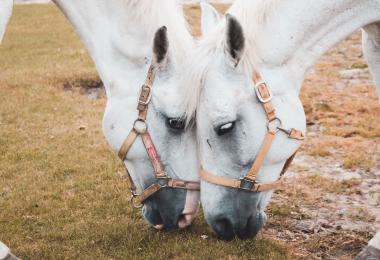
Change of location of equidae
To register a change of location of equidae, a ‘Registration of Change of Location of Equidae’ form must be completed.
In the event that the location of the equidae is not at the owner’s permanent address, when completing a change of ownership (Change of Ownership Application), or on registering an equidae in the register (Application to Enter Equidae in the Register), please fill in the section relating to the location of the equine animal.
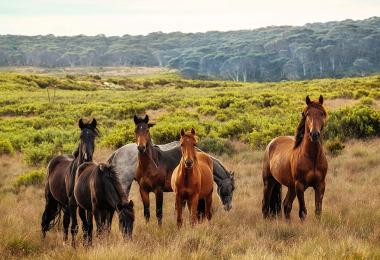
Deregistering equidae
Upon the time of death or euthanasia (putting to sleep) of an equidae, you must call the Veterinary Hygiene Service, which is responsible for the removal of the deceased animal.
Upon removal, the identification document must be submitted to the Veterinary and Hygiene Service or the document can be sent together with an ‘Application for Deregistration of Equidae’ to the issuer.
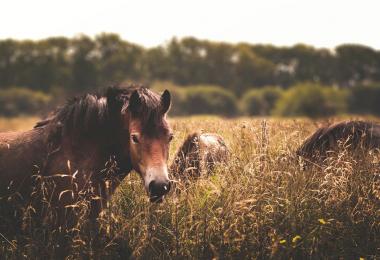
Issue of a duplicate or alternative identification document
In the event of loss of an identification document, an application should be completed for the ‘Issue of a Duplicate Equidae Identification Document’, which should be forwarded to the issuer.
The issue of a duplicate or a replacement identification document is in accordance with Commission Implementing Regulation 262/2015/EU of 17 February 2015.
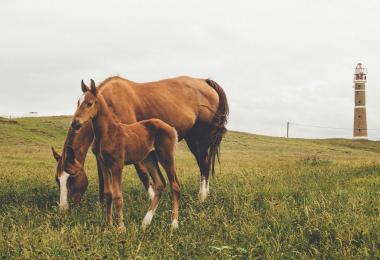
Annual review of pedigree mares and new generations
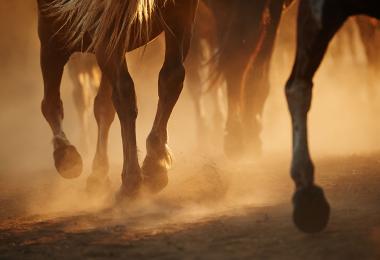
Stallion station
Each breeding stallion holder is required to register a Stallion station. For the approval and registration of the Stallion station, the provisions of the zootechnical and veterinary conditions, which are described at the following link, must be complied.
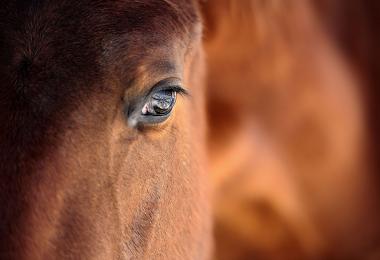
Breeding stallions
Stallions may initially be screened for selection for breeding in their third year of life. All stallions must undergo a diagnostic and andrological examination in accordance with the regulations governing the reproduction of equidae.
Stallions are admitted for selection for breeding and are certified as breeding animals in accordance with the breeding programme of each breed.
The owner of a stallion that is recognised for breeding must obtain appropriate documentation for the current breeding season:
- Admission lists
- List of admitted mares
Prior to this, the owner of the stallion must return the duly completed documentation for the previous breeding season.
All breeding stallions must be inspected on an annual basis for:
- Contagious equine metritis (CEM)
- Equine infectious anaemia (EIA)
- Equine viral arteritis (EVA)
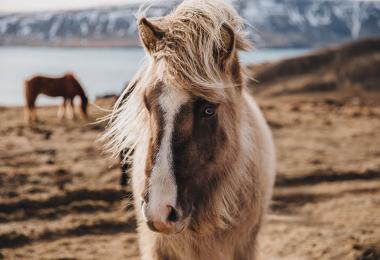
Breeding programmes and organisations
The Faculty of Veterinary Medicine, as the second recognized organization in horse breeding (DPO VF), is involved in the implementation of a common basic breeding program in the field of horse breeding.

Stud books
Stud book of English thoroughbred horses of Slovenian breeding:
Stud book for Arab thoroughbred horses:
Contact
Veterinary Faculty
Clinic for Reproduction and Large Animals
Clinic for Breeding and Health Care of Horses
Department of Selective Breeding of Equidae
Cesta v Mestni log 47
1000 Ljubljana
Tel.: +386 1 4779 384
Fax: +386 1 4779 388
Gsm: +386 40 882 654

